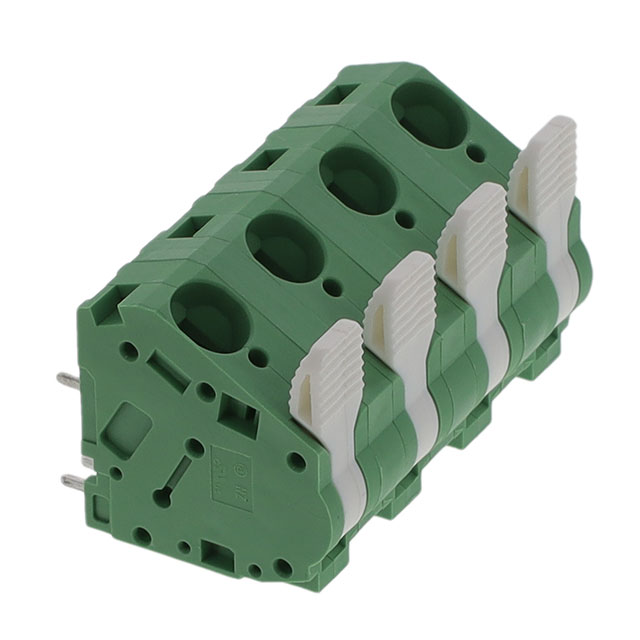NZ Series, Wire to Board
Results:
9
Manufacturer
Series
Positions Per Level
Pitch
Current
Wire Termination
Voltage
Mating Orientation
Features
Wire Gauge
Color
Mounting Type
Number of Levels
Results remaining:9
Applied Filters:
NZ
About Wire to Board
Wire-to-board terminal blocks are essential components used for establishing secure connections between wires and circuit boards or power buses. These terminal blocks can be surface-mounted or inserted through holes on the board, while some may utilize press-fit or panel mount configurations.
To ensure stability and proper alignment during installation, wire-to-board terminal blocks often feature various mounting features. These include board guides, flanges, latches, ejectors, levers, strain reliefs, and locks. These features not only provide mechanical support but also aid in the safe and reliable connection of wires to the terminal block.
When selecting wire-to-board terminal blocks, several factors need to be considered. These include current and voltage parameters, wire gauge compatibility, pitch (spacing between terminals), the number of levels and positions available, and the termination style. These considerations ensure that the terminal block is suitable for the specific electrical requirements and wiring configurations of the application.
The wire-to-board terminal blocks act as connection points, enabling the secure attachment of two or more wires to the circuit board or power bus. They play a crucial role in establishing reliable electrical connections and providing a convenient interface for wiring termination.
In summary, wire-to-board terminal blocks offer versatile and efficient solutions for connecting wires to circuit boards or power buses. Their selection depends on various factors such as current and voltage requirements, wire gauge, pitch, levels and positions needed, and termination style. By utilizing these terminal blocks, secure and reliable connections can be established within electrical systems.







